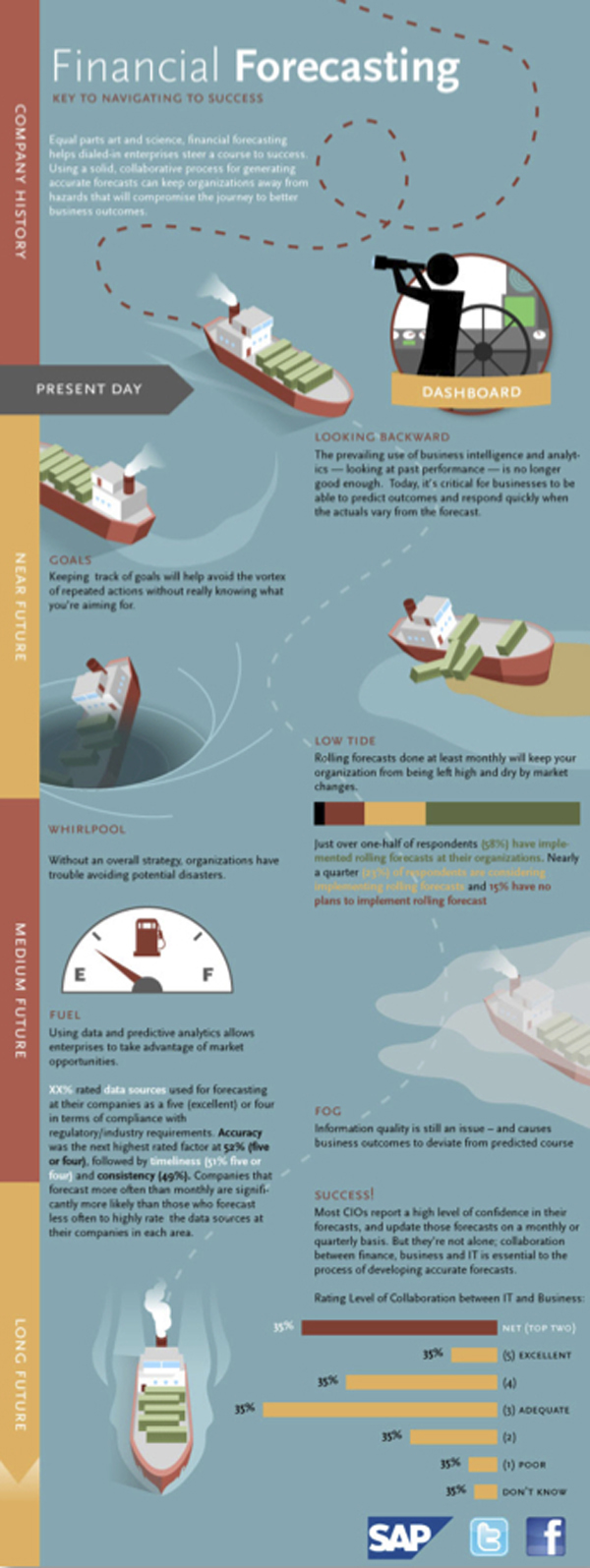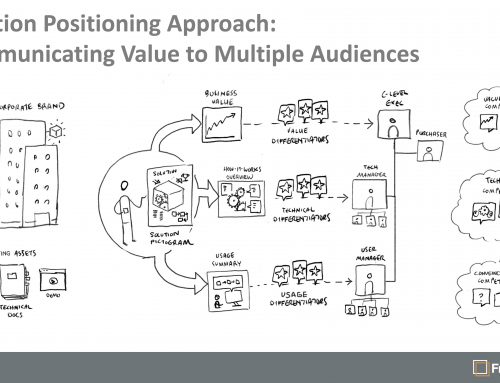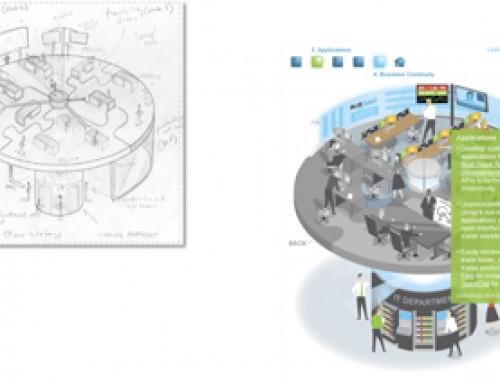Argument Conceptual Buckets 
We are not talking about a heated family exchange but more on the logical or perhaps visual narrative level, the topic today is argumentation types.
While the visual solutions we create for our clients are a purely creative process (based on facts) there is an explicit argument contained in the visual narrative for any one of our visual solutions including infographics, solution pictograms, interactive and animations and even our data-driven visualizations. So while we are in the formative stages of the creation process – reference materials in hand, perhaps a kickoff brainstorming session already in play and now a blank piece of paper and a pencil in hand, we wonder how we are going to visually make the case for the point at hand and that involves settling on a argument type.
Going Back a Couple Decades – Logical Fallacies
A couple decades ago, I use to teach philosophy including a critical thinking course which was basically informal logic where we would unpack arguments made in the press or academic papers and come to terms with their logical structure 0r lack thereof as the case may be. One classification tool we used were called fallacies or logical fallacies which basically were argument techniques that while persuasive psychologically were not logically valid.
Popular fallacies with interesting names were Ad Hominum which is basically attacking the person making an argument usually at the character level which may have nothing to do with the validity of the argument at hand. Another was termed Begging the Question – which basically suggests their is a circular argument at hand. So for example:
- Why is a political leader’s actions good?
- Because he is a good person?
- Why is he a good person?
- Because he does good actions and so on.
But there are valid arguments that logicians and scientists (in the form of inductive argements) and poets (perhaps a metaphor or analogy) and other practitioners will use. And we at Frame make use of them.
Useful Argument Types
For our visual solutions we create we find that argument types fall into three broad patterns – Argument by Analogy and Empircal and Rational.
Argument by Analogy
Kind of funny writing this post as I think most of marketing communications, at least at the consumer commercial level, is an appeal to an analogy that hopefully enables the audience to identify emotionally with the solution or point at hand. But while the argument by analogy in logical terms is considered the weakest logical argument form – the visual solutions we create have multiple purposes at hand. And one of the main goals is one of explanation or rather – translation from a complex subject or set of data points to an intuitive message.
Forming the right analogy is so core to what we do that often when we are looking to secure our client’s acceptance at the ideation sketch level – we are really hoping to have them agree with the implicit analogy in the sketch. Its a delicate issue as one does not want an analogy that is trite or cliche (e.g. no fishing analogies in recruiting please) but not so sophisticated or obtuse that we have created a double problem –
“what does the solution do AND why is their a volcano in the middle of the page?”
In coming up with relevant samples, our portfolio is full of analogy-based argumentation – again we are trying to explain and engage audience – and analogy is king here. Here is one sample for SAP based on IDG research. In this case the notion of using predictive analytics is served with a navigational analogy and impending whirlpools that need to be forecast to circumvent potential business disaster.
For Our Next Two Blog Posts
Well I was planning on going on to showcase all three types of arguments but I think I will spread this topic over two more blogs. So we will look at the next two types next week. There we will get empirical and deductive. See you on the next post!
If you would like a one-on-one demonstration to discuss your communication needs and receive a live visual solution demo, click here – Free Demo and Consultation.







